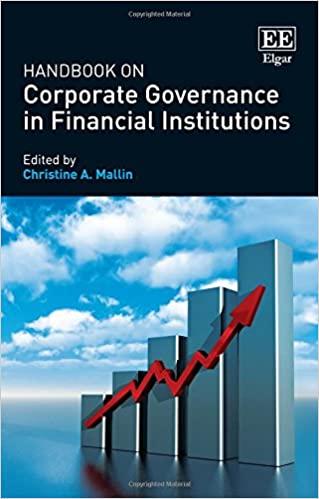
9) Which one of the following conditions can be effectively eliminated through portfolio diversification? A) a general price increase nationwide B) an interest rate reduction by the Federal Reserve C) increased government regulation of auto emissions D) change in the political party that controls Congress 10) Beta can be defined as the slope of the line that explains the relationship between A) the return on a security and the return on the market. B) the returns on a security and various points in time C) the return on stocks and the returns on bonds. D) the risk free rate of return versus the market rate of return.1) Zachary has purchased an investment that he expects to produce income of $3,000 at the end of the first year and $4,000 at the end of the second year. If he requires an 8% rate of return compounded annually, what is the maximum amount that he can pay and still earn the required rate of return? 2) Explain the relationship between correlation, diversification, and risk reduction. Provide an example to substantiate your answer. 3) Explain how the time value of money concept is used in stock valuation. Please answer briefly 9) Which one of the following conditions can be effectively eliminated through portfolio diversification? A) a general price increase nationwide B) an interest rate reduction by the Federal Reserve C) increased government regulation of auto emissions D) change in the political party that controls Congress 10) Beta can be defined as the slope of the line that explains the relationship between A) the return on a security and the return on the market. B) the returns on a security and various points in time C) the return on stocks and the returns on bonds. D) the risk free rate of return versus the market rate of return.1) Zachary has purchased an investment that he expects to produce income of $3,000 at the end of the first year and $4,000 at the end of the second year. If he requires an 8% rate of return compounded annually, what is the maximum amount that he can pay and still earn the required rate of return? 2) Explain the relationship between correlation, diversification, and risk reduction. Provide an example to substantiate your answer. 3) Explain how the time value of money concept is used in stock valuation. Please answer briefly







